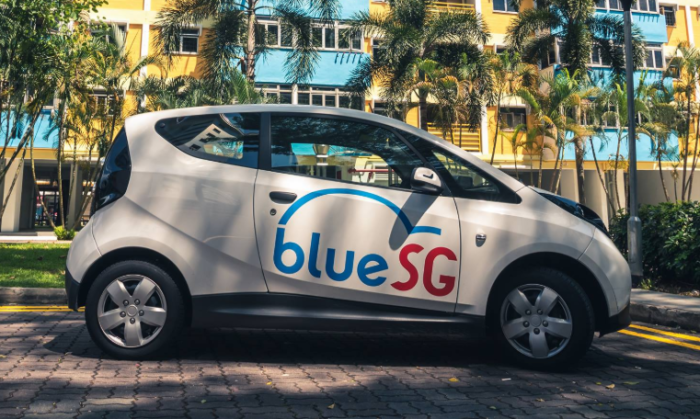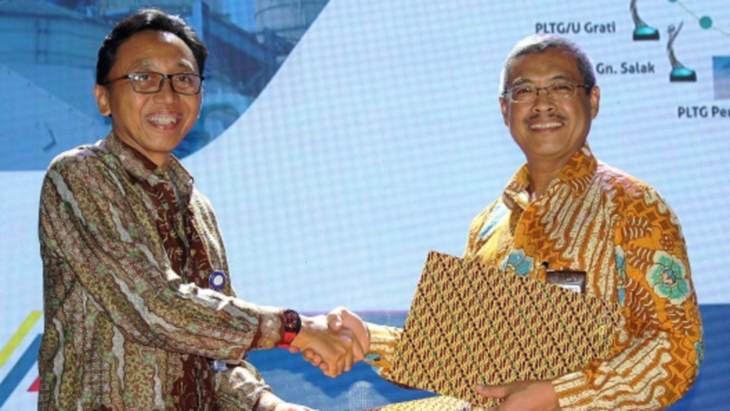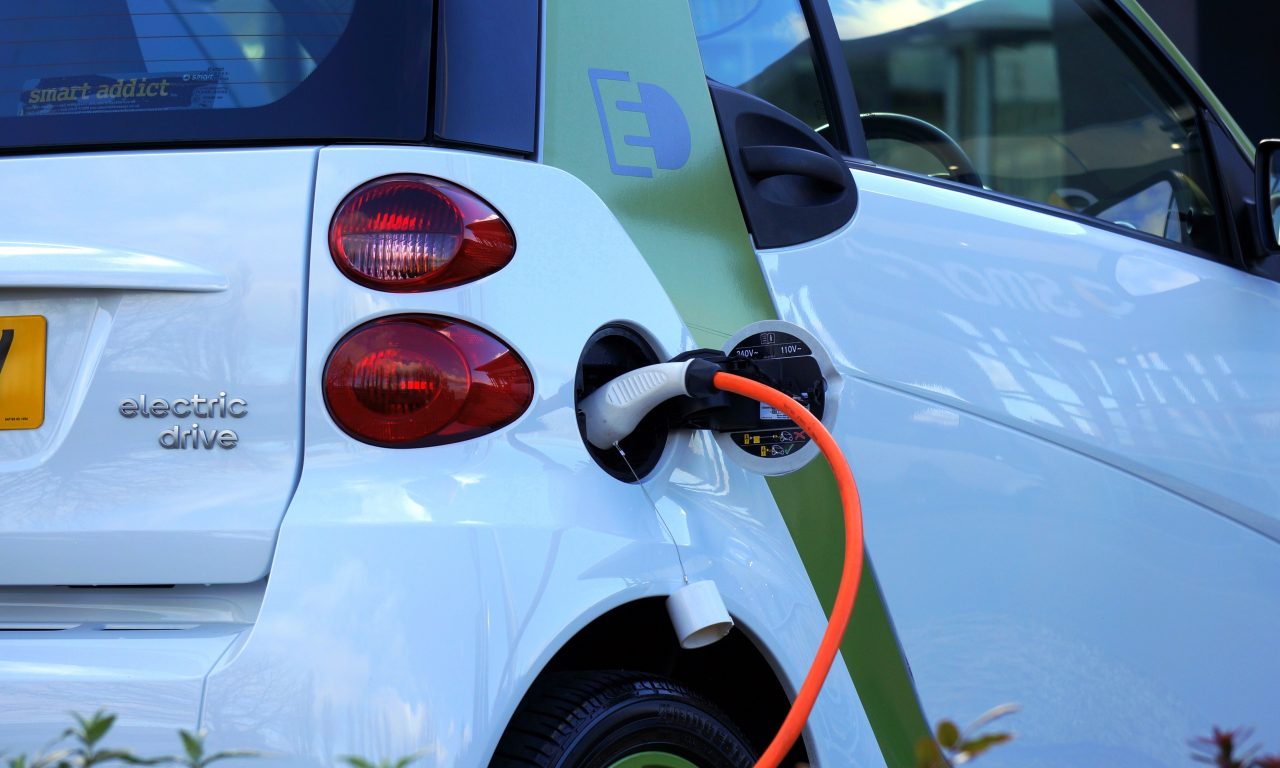The United States has funded a Thai energy developer for its feasibility study of a solar power project in Thailand as part of its Indo-Pacific commitment.
Thomas Hardy, director of the US Trade and Development Agency (USTDA), said yesterday’s grant signing ceremony marked an important milestone in the USTDA’s role in Thailand.
“It is a manifestation of the Indo-Pacific vision laid out by US Secretary of State Mike Pompeo last year. It is our commitment to investing in visionary companies looking to transform the energy sector,” he said at the event at the GPF building.
Mr Hardy said the US’s investment is furthering the Asia aid initiative in bringing reliable renewable energy with zero-carbon emissions to Thailand.
“It [the grant] focuses on an analysis of how to implement the solar power project in peak and off-peak [electricity] hours. It also involves regulatory issues in new technology and financing options,” he said.
According to Mr Hardy, the US Secretary of State outlined the Indo-Pacific Strategy based on three pillars, including the Asia aid initiative for the energy sector, the Digital Connectivity and Cybersecurity Partnership (DCCP), and infrastructure development in areas that can drive the economy.
Visait Hansaward, the managing director of Blue Solar Co Ltd, said the transition from fossil fuel to renewable power energy will help mitigate the impact of climate change by reducing greenhouse gas emissions.
“However, renewable energy is naturally unreliable. It is not ready to be a mainstream energy source. Fortunately, our company won the government’s energy auction in 2017 and the right to develop the first utility-scale solar plus energy storage project,” he said.
Mr Visait thanked the USTDA’s grant of US$553,000 (17 million baht) for the feasibility study of the solar energy storage system in Suphan Buri province.
“To solve the unreliability of solar energy, we will design the system that will supply power to the grid with energy storage. Located 10 kilometres from the city, the site will be a learning centre for renewable energy, organic farms, and green tourist destinations,” he said.
Mr Visait said the solar power plant will begin commercial operations by the end of 2021.
“As it is a new technology in Thailand, we have to ensure technical stability and financial returns,” he said.
Meanwhile, Suwat Kamolpanus, the renewable energy committee chairman of the Federation of Thai Industries (FTI), hailed the solar energy project as a sustainable solution to the renewable energy problem.
“It is the first of its kind that combines solar power with long-lasting battery storage. The problem of the solar energy market is unbalanced supply and demand. For example, solar panels generate a lot of power at midday, but peak electricity demand rises in the evening. The energy storage will be the final jigsaw piece,” he said.
The solar power project will reduce overall energy costs, carbon emissions, and open up opportunities for 100% use of renewable energy, he added.










